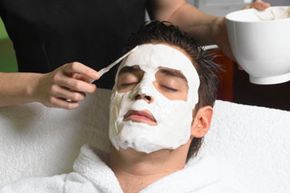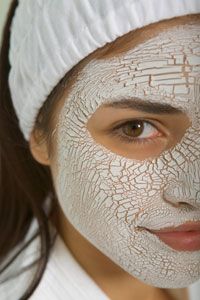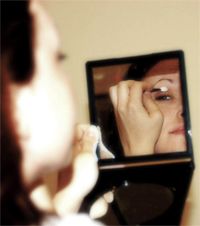Have you ever noticed those dogs with the big, droopy jowls and worried that sagging look will be your fate someday? Fear not. Although some sagging of the skin is inevitable as you age, there's no need to dread looking like a basset hound. Maturing skin does get thinner and lose some of its firmness, but it's not all bad news. You do have options. Several kinds of skin-firming treatments are available to tighten and improve your skin. So chin up and read on.
As you investigate your skin-firming options, it is helpful to first know what you can and cannot change about your aging skin.
Advertisement
Sagging skin is a normal part of the aging process. As you get older, your body produces fewer of the chemicals, fats and oils that help to keep your skin firm [source: AAD]. Over time, gravity also takes its toll on the body. The downward force of gravity creates a drag on the skin that contributes to it sagging. These are two unavoidable factors you can't change.
But you do have a certain amount of control. Always use sunblock, and apply it generously to your face and neck. Continued exposure to the sun ages your skin. It also causes your skin to lose firmness by breaking down the chemicals it needs to maintain its elasticity. Also, don't smoke. Smoking not only ages your skin, it also damages its elasticity.
With the baby boomer segment of the population reaching retirement age, more research is underway on anti-aging techniques. Over the past several years, researchers have made major breakthroughs in anti-aging technology, including techniques to firm aging skin.
Curious to see what your options are? Want to investigate the advantages of creams, lotions, lasers and cosmetics? Read on to get the scoop on the latest methods for firming your skin.
Advertisement


